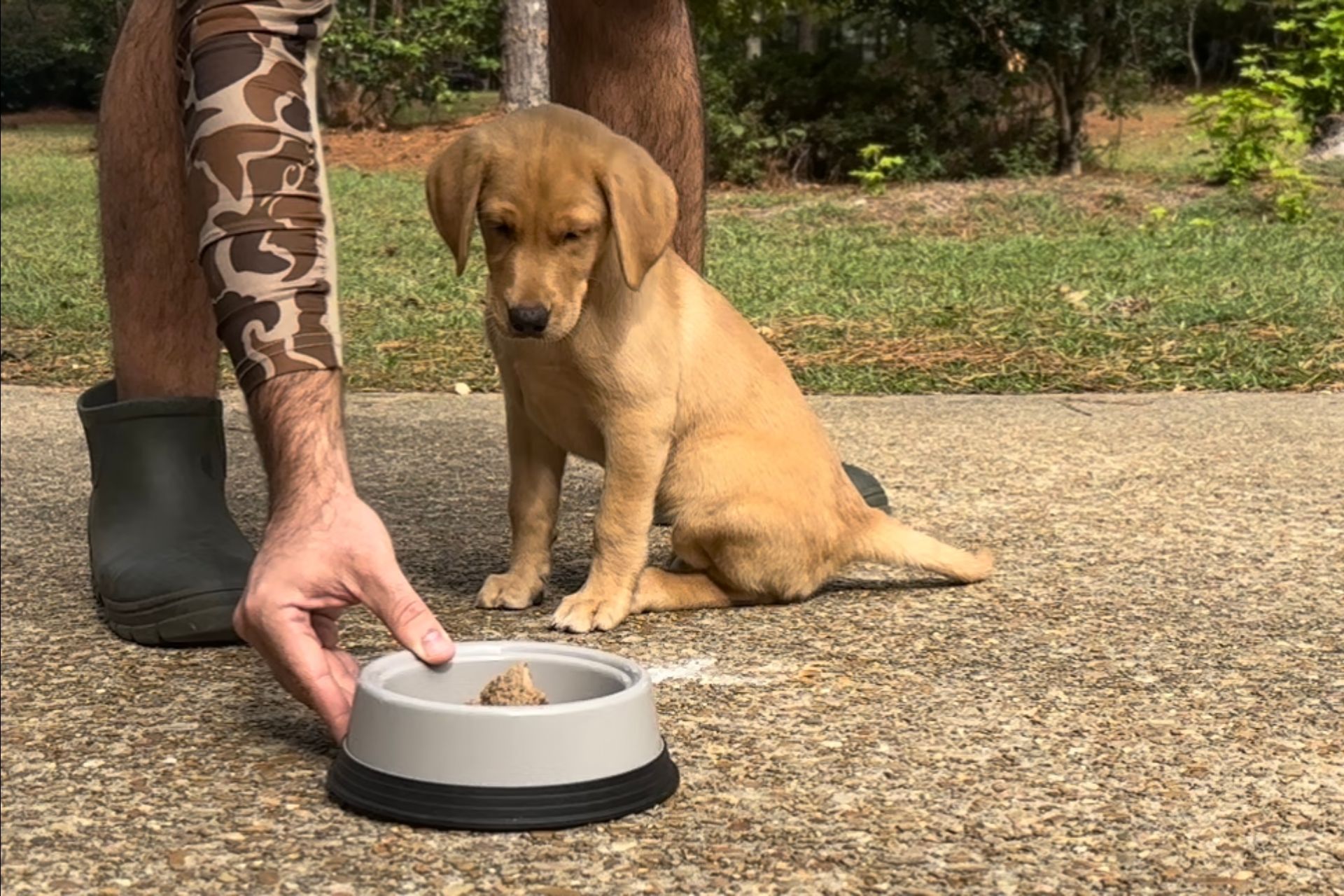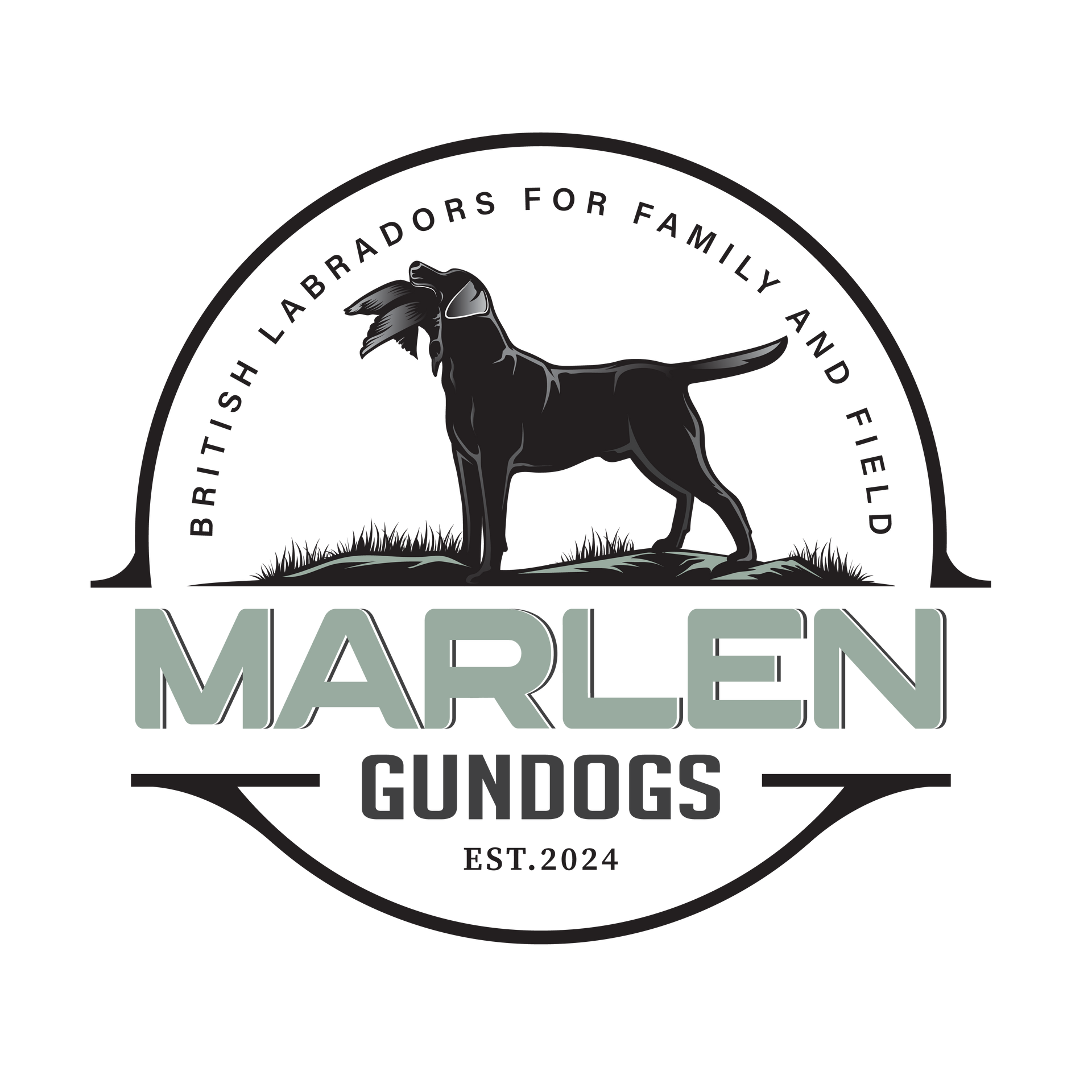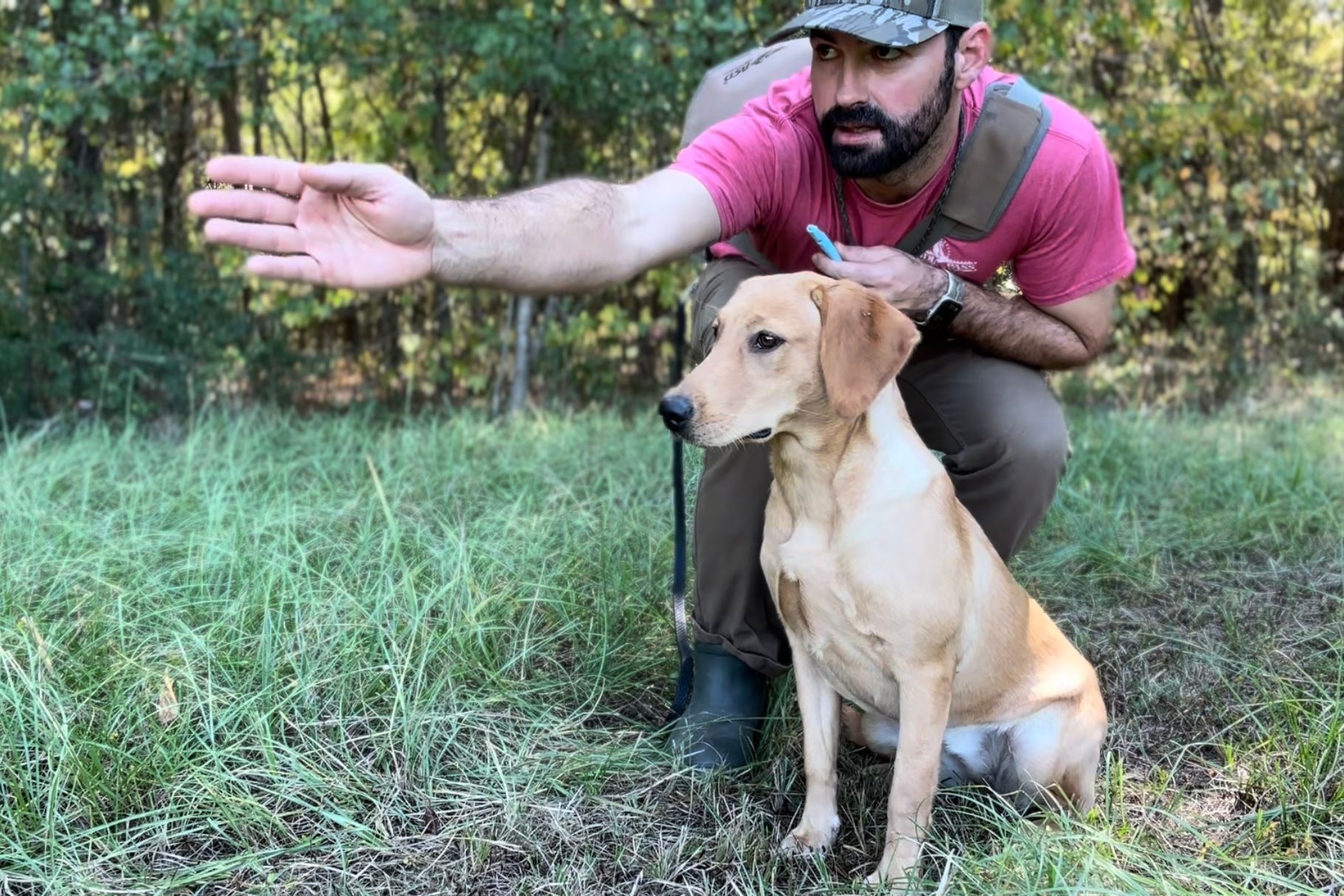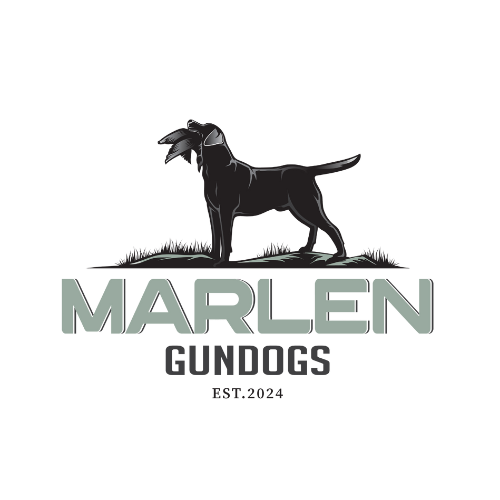Q&A: Honoring
Q&A: Honoring

My response - "Hey! This issue is often referred to as an “inability to honor,” which means one dog doesn’t respect the fact that another dog has been called to retrieve. It's usually the result of a lack of individual steadiness and discipline—discipline here meaning self-control, not punishment or correction. Many people mistakenly think discipline means punishment, but that's not the case. You can instill discipline without punishment. I've learned to clarify this with people.
First of all, you need to have a clear command for individual dogs to cast. This is the reason I use my dog's names to cast. For instance, a lot of people use only "Back" as a command to cast. This is obviously going to cause issues if multiple dogs are working together that use the same cast command...
Maturity is also a major factor when determining if dogs are ready to work together. You mentioned just getting another Lab—if one is a puppy and the other is mature; the younger dog may not be ready to work alongside the older one yet. Similarly, the mature dog might have training gaps that make working with another dog more challenging. Depending on each dog’s maturity and foundation, it could take months before they’re both ready to work as a team.
Assuming both dogs are mature enough for formal retrieving work, here’s my advice: Incorporate denials into your training regularly. Denials in retrieving are when you prevent a dog from retrieving a thrown dummy by making them stay in place while you go pick it up. I like to throw in some distractions—calling out other dog names or random words, making irregular body movement, etc.—to teach the dog to stay put until it’s their turn. A lead or training tab should also be used as it will help with timely corrections and prevent the dog from breaking before you call them.
Denials help condition the dog to understand that not every retrieve is for them. There’s a misconception that denying retrieves lowers their drive to retrieve, but that’s not true. It actually just helps prevent or mitigate overstimulation from the flight and fall of the dummy which could cause them to become disobedient and unsteady.
Another technique I use regularly is what I call “denial piles.” Have your dog “sit” or “place”, then throw several dummies into a pile. If the dog remains steady through all the throws, you go pick up all the dummies except one, then cast the dog to retrieve that one. If the dog breaks or is unsteady, you pick everything up and start again. Using a lead or tab here makes it easier to control and prevent the dog from becoming disobedient. A place stand is also a great tool that establishes a boundary that the dog will be less likely to leave.
It’s also valuable to vary the time before you cast the dog to retrieve. I want my dogs to remain focused and poised until I call them—whether that’s 3 seconds or 10 minutes after the mark falls. I’ll never call an unsteady dog to retrieve until I’m confident they’re both calm and focused.
Once both dogs can work individually with steadiness, try working together again. Do the same drills, but now have someone handle each dog on a lead to prevent them from breaking. Giving each dog ample distance from each other is also beneficial until you are confident in their ability to perform together.
You can also work on honoring behavior in everyday situations, not just during retrieves. For example, I train my dogs to stop at doorways and wait for me to call them through. At mealtimes, I’ll have them sit together in a pile while I prepare and place their bowl in their kennels, then call them one at a time to eat. These are just some of the daily activities I use to help reinforce self-control and obedience. If they become unsteady or disobedient, I impede by stepping in front of them when they try to move forward through the door or into their kennel to eat. This is a subtle correction and denial that teaches them to wait for their turn. I do practice this individually in a controlled environment before adding distractions like another dog, though.
An inability to honor comes down to a lack of discipline and obedience standards set by you as the owner. The good news is that small adjustments to your training routine and lifestyle can make a huge difference in teaching your dogs steadiness and honoring."




